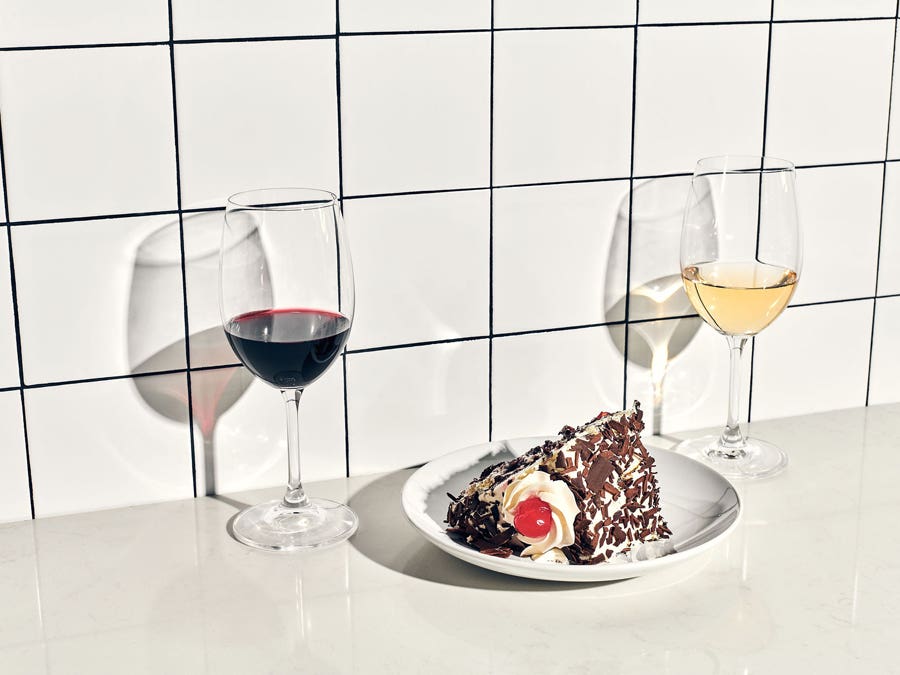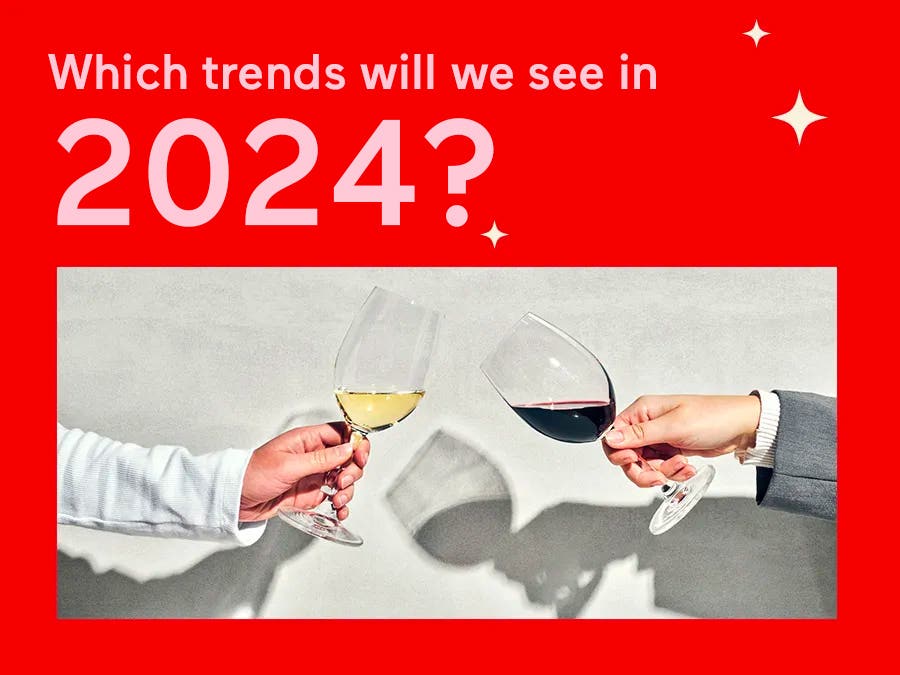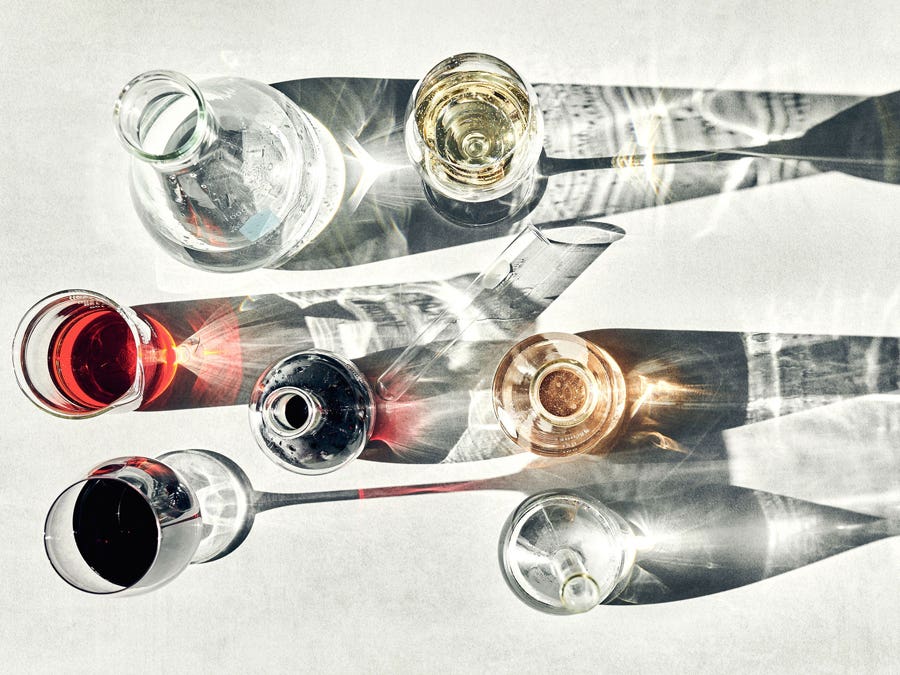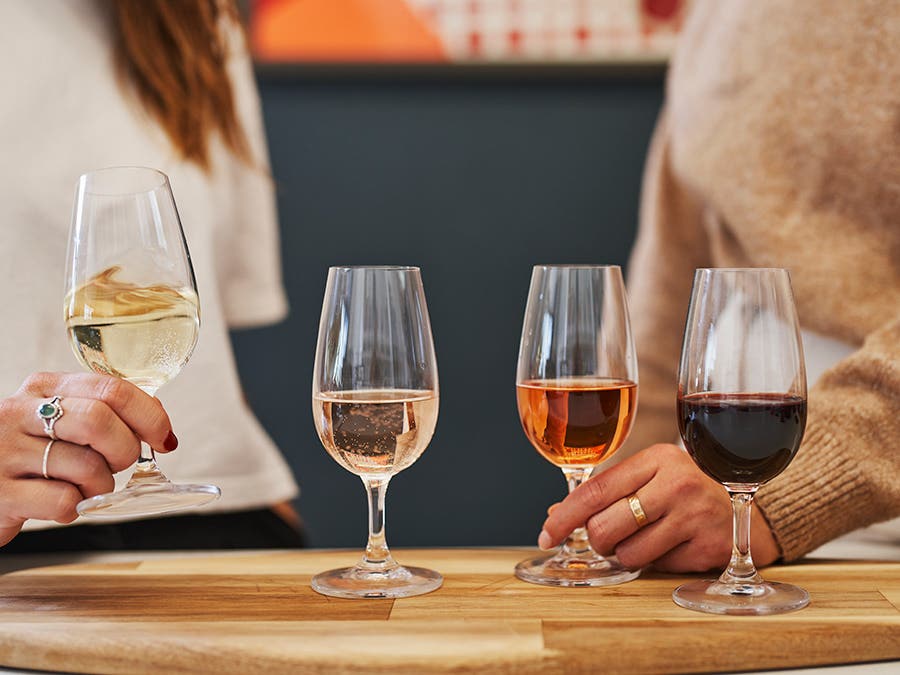After all, it’s equally important to know why certain pairings just don’t work sometimes. Before you get lost in recommendations and wind up with a nasty surprise, let’s go straight to the scientific source. Because it isn’t brain surgery—pairing (or mismatching) food and wine is above all a matter of chemistry, and more specifically molecular interaction. Here are the basics you need to remember if you want to avoid any faux pas! Because it isn’t brain surgery—pairing (or mismatching) food and wine is above all a matter of chemistry, and more specifically molecular interaction. Here are the basics you need to remember if you want to avoid any faux pas!


Spicy dishes and high alcohol content
When spiciness is on the menu, such as in dishes like tandoori, curry and piri-piri chicken, it’s best to stay away from wines with high alcohol content or strong tannins, which can throw the tasting experience off balance. Spicy, bold food makes a wine taste “hotter”—it strengthens the flavour of alcohol—and, in turn, weakens its sweet, fruity taste. If you nevertheless want to enjoy a tannic red with your spicy meal, be sure to opt for a less fatty dish, because the dryness in the mouth caused by the tannins is accentuated when they come into contact with fat.
So, what do you pair spicy food with? A wine with more than 4 grams of residual sugar per litre helps to soothe the burning sensation caused by peppers. A semi-dry Riesling combining acidity and sweetness is a great choice, as it cleanses the palate.
Raw food and tannins
Oysters and a young Malbec? Big fail! Salmon tartare and a Cabernet Sauvignon? No way! Raw food increases the tannic effect of wine, leaving a harsh taste at every sip. Also, the iodine contained in oysters reacts with the tannins to produce a persistent, unpleasant metallic flavour.
The choice of wine depends on the type of dish. For example, beef tartare or tataki is best paired with low-tannin reds, such as a Cabernet Franc from the Loire region, while raw fish, often paired with acidic ingredients, is ideal with a crisp white.
Rich whites and delicate flavours
When it comes to whites, an important factor to consider is the body of the wine, meaning its weight in the mouth, and the richness of the dish being served. The mistake here would be pairing delicate-tasting food with a wine that’s too heavy, and vice versa. The flavour of a poached white fish, for example, can quickly be overpowered by a structured wine that’s too rich and low in acidity. The key is to match the texture of what you’re eating and drinking.
It’s best to opt for lighter varietals, such as a Riesling or Grüner Veltliner. On the other hand, a dish with a creamy sauce will be enhanced by a southern Rhône Valley white, because it has a similar body.
Desserts and dry wines
It’s usually best to finish your glass before moving on to dessert. Why? Because when you serve a sweet treat at the end of a meal, you should avoid pairing it with a dry or tannic wine. Sugar in a dish increases a wine’s bitterness, astringency, acidity and heat. This is especially true with chocolate, which can easily overwhelm the flavour of wine and even leave a burning sensation in the mouth and throat. As for cream and fattier dairy products, they boost the tannins in red wines.
The rule of thumb for sweet dishes is to serve them with wine that’s just as sweet or sweeter. Some reds work well with chocolate desserts, provided you choose wisely. Natural sweet Maury wines from Languedoc-Roussillon in France are an excellent option, thanks to their generous residual sugar content.
Now, let’s talk bubbly. Contrary to popular belief, champagne is not a particularly good choice for strawberries or chocolate! Their sweetness makes dry sparkling wines seem thin, acidic and lacking in body. Save your bubbly for the aperitif, as they awaken the taste buds and whet the appetite. To better appreciate their subtleties, it’s best to sip champagne (and other sparkling wines) at the beginning of a meal, when flavours come across more clearly.
Instinct and inclination are always the best guides
Food and wine pairings and mismatches are a science, and it pays to know the basics, but you should also go with your gut! Sometimes, the best match is between the wine and the dish you want to enjoy. After all, rules are made to be broken... As long as you don’t go so far as to serve a tannic red wine with oysters!
Want to broaden your knowledge of food and wine pairings? Quebec sommelier François Chartier’s books are a veritable gold mine on the subject!
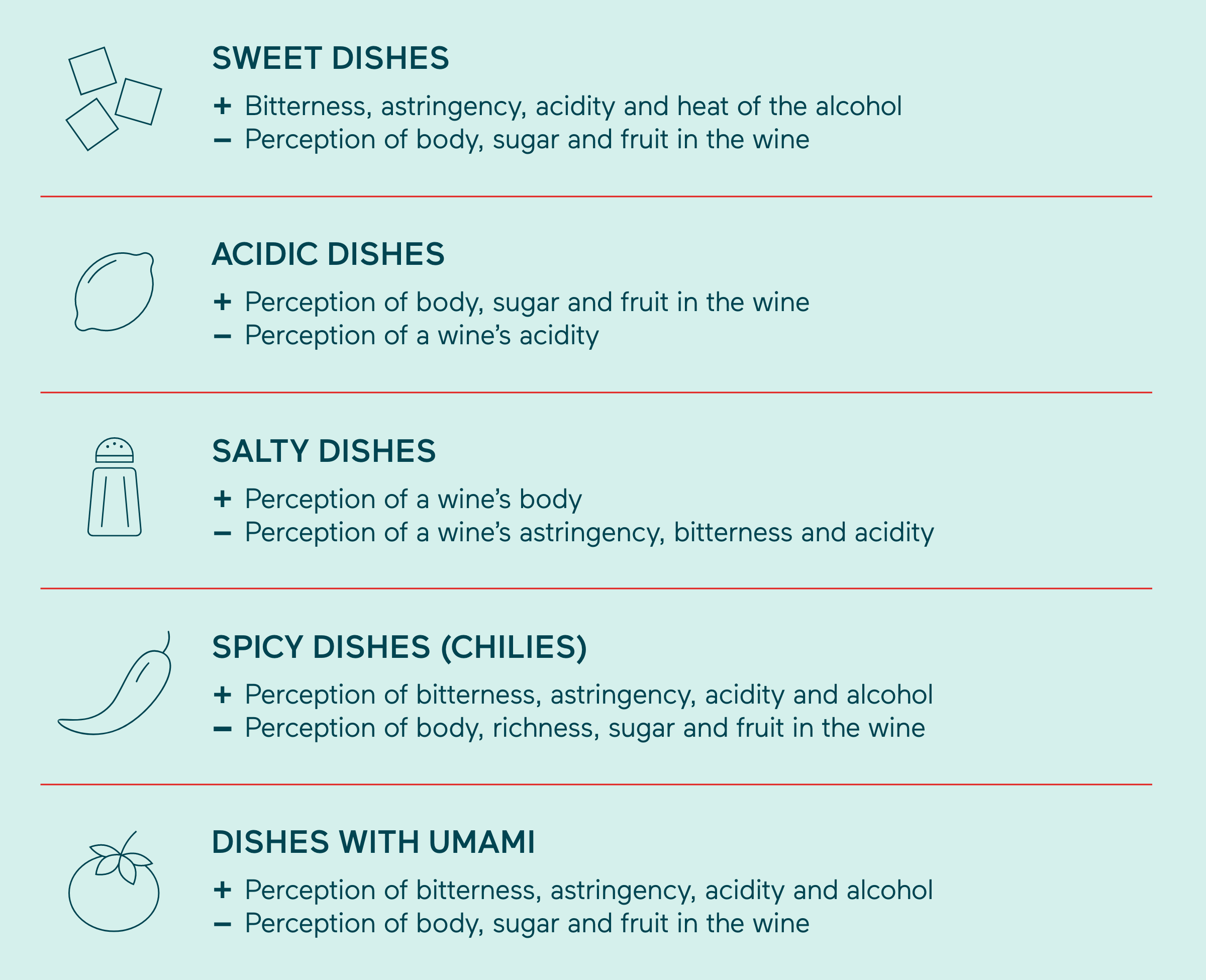

We recommend
-
Read more
The year is drawing to a close and soon we’ll be raising a glass to 2024. What will this new vintage have in store for us? We spoke to a few experts (and one amateur!) to get a clearer picture.
-
Read more
When tasting wine, what happens to the human body on a chemical and physiological level? Why do some people detect certain aromas, while others perceive something entirely different? How does it all work?
-
Read more
Sommelière and instructor Gabrielle Plastre offers her best tips to get your taste buds into shape and build up your wine tasting abilities.
 Access to SAQ Inspire personalized services and store inventories are unavailable at the moment.
Access to SAQ Inspire personalized services and store inventories are unavailable at the moment. Free in-store delivery with purchases of $75+ in an estimated 3 to 5 business days.
Free in-store delivery with purchases of $75+ in an estimated 3 to 5 business days. 
